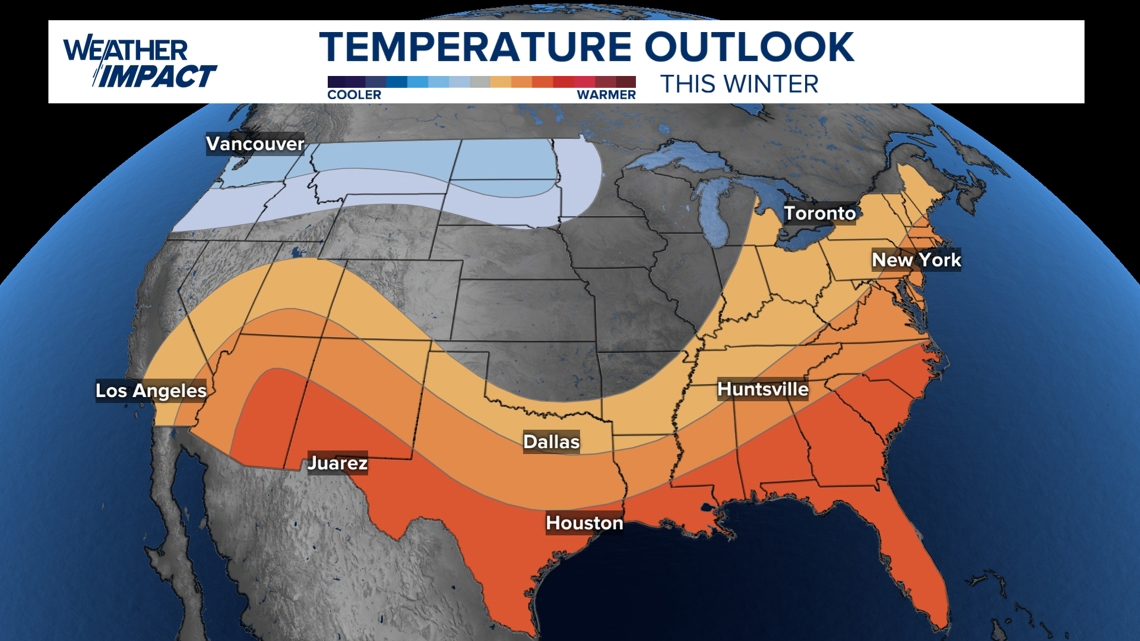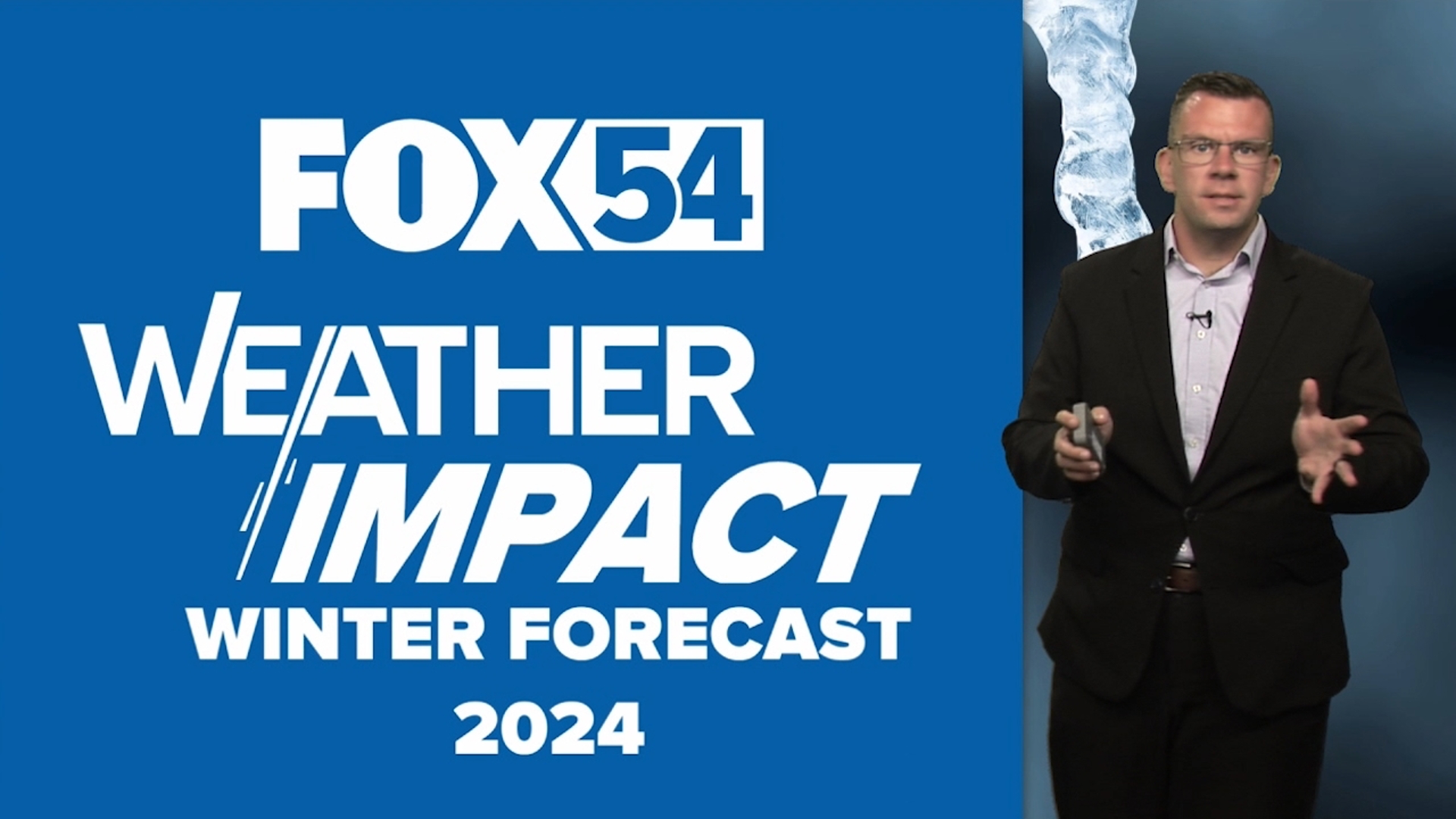HUNTSVILLE, Ala. — A gradually strengthening La Niña is expected to impact winter conditions across much of the country, as indicated by NOAA’s U.S. Winter Outlook released today by the Climate Prediction Center, part of NOAA’s National Weather Service. This outlook covers December 2024 to February 2025 and provides insights on anticipated temperature, precipitation, and drought conditions nationwide.
NOAA forecasts wetter-than-average conditions for the northern tier of the continental U.S., especially in the Pacific Northwest, Great Lakes region, and northern and western Alaska. Conversely, drier-than-average conditions are anticipated from the Four Corners region of the Southwest through the Southeast, Gulf Coast, and lower mid-Atlantic states.
"In September, we announced a $100 million investment in NOAA’s high-performance computing system to enhance research on weather, climate, and ocean predictions. Understanding our climate system is crucial for making long-term forecasts like the Winter Seasonal Outlook, which is vital for our partners and the public," stated Michael Morgan, Ph.D., NOAA’s assistant secretary of commerce for observation and prediction. "We are continually innovating to better share winter forecast information with the public."
"This winter, we expect the emerging La Niña to shape our precipitation predictions and overall winter patterns," said Jon Gottschalck, chief of the Operational Prediction Branch at the Climate Prediction Center.
La Niña conditions are anticipated to develop later this fall, typically resulting in a more northerly storm track during winter, which leaves the southern U.S. warmer and drier. Consequently, NOAA forecasters, in partnership with the National Integrated Drought Information System (NIDIS), predict that drought conditions will persist and potentially worsen across the central and southern Plains.
"Regrettably, after a brief period of minimal drought conditions in spring 2024, over a quarter of the continental U.S. is currently experiencing at least moderate drought," said Brad Pugh, operational drought lead with NOAA’s Climate Prediction Center. "The winter precipitation outlook does not indicate widespread relief."


Temperature
- Warmer-than-average temperatures are favored from the southern tier of the U.S. to the eastern Great Lakes, eastern seaboard, New England and northern Alaska. These probabilities are strongest along the Gulf Coast and for most of Texas.
- Below-average temperatures are most likely in southern Alaska, with below-average temperatures slightly favored from the Pacific Northwest to the northern High Plains.
- The remaining areas have equal chances of below-, near-, or above-average seasonal mean temperatures.


Precipitation
- Wetter-than-average conditions are most likely in the Great Lakes states, and above-average precipitation is also favored in northern and western Alaska, the Pacific Northwest and across the northern tier of the U.S. These probabilities are strongest in portions of Ohio, Indiana and Kentucky.
- The greatest likelihood for drier-than-average conditions are in states bordering the Gulf of Mexico, as well as in Texas and southern New Mexico.
- Much of California, the central Plains states and the I-95 corridor from Boston to Washington, D.C., have equal chances of below-average, near-average or above-average seasonal total precipitation.
About NOAA's seasonal outlooks
NOAA’s seasonal outlooks provide the likelihood that temperatures and total precipitation amounts will be above-, near- or below-average, and how drought conditions are anticipated to change in the months ahead. The outlook does not project seasonal snowfall accumulations as snow forecasts are generally not predictable more than a week in advance.
NOAA’s Climate Prediction Center updates the three-month outlook monthly. The next update will be available November 21.
Seasonal outlooks help communities prepare for what is likely to come in the months ahead and minimize weather's impacts on lives and livelihoods. Resources such as drought.gov and climate.gov provide comprehensive tools to better understand and plan for climate-driven hazards. Empowering people with actionable forecasts, seasonal predictions and winter weather safety tips is key to NOAA’s effort to build a more Weather- and Climate-Ready Nation.

